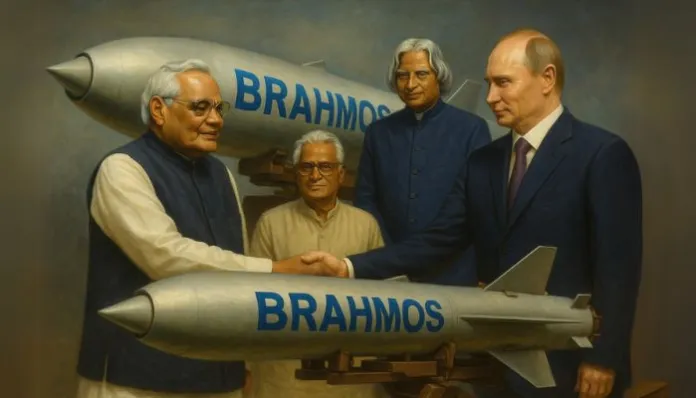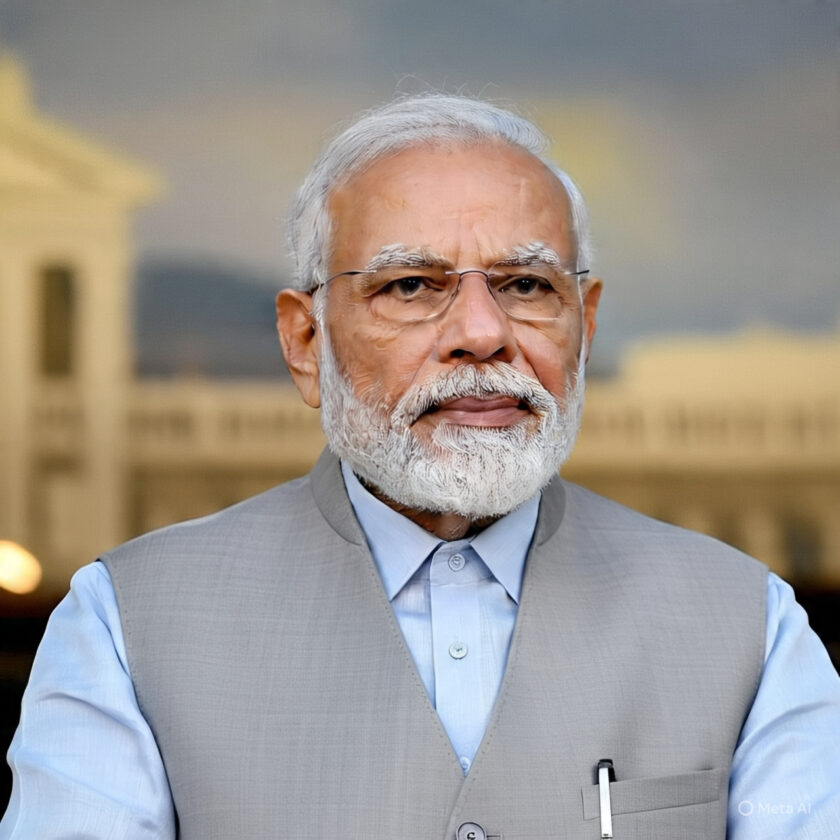New Delhi : As the recent Iran-Israel conflict reshapes global military strategies, one weapon has stood out—the hypersonic missile. Capable of traveling thousands of kilometers within minutes, these next-gen weapons have proven to be a nightmare for traditional air defense systems. In response, countries around the world, including India, are ramping up their own hypersonic programs to ensure preparedness for future warfare.
According to DRDO Chief Dr. Sameer V. Kamat, India is developing five powerful next-generation weapon systems that are set to redefine its defense posture and battlefield dominance. “BrahMos was just the beginning,” Dr. Kamat said. “What’s coming next is designed not as a warning—but as a decisive response.”
India’s Five New ‘Brahmastras’ Set to Transform Future Warfare
1. Hypersonic Glide Vehicle & Scramjet-Powered Cruise Missiles
India is aggressively advancing in hypersonic technology, developing both Hypersonic Glide Vehicles (HGVs) and scramjet-powered cruise missiles. Trials for HGVs are expected to be complete within 2–3 years. The scramjet system, which achieved a successful 1000-second flight test, awaits final governmental clearance to begin full-scale development. These missiles will reach speeds of Mach 5 to Mach 7, or 5 to 7 times the speed of sound.
2. BrahMos-NG: Compact Power for All Fighter Jets
The BrahMos Next Generation (BrahMos-NG) missile is in the final stages of development. Lighter and more compact than its predecessor, it can be mounted even on light fighter jets like Tejas. This means India’s entire fighter fleet could soon be armed with BrahMos-level strike capabilities.
3. ‘Sudarshan Chakra’: India’s Indigenous S-400 Equivalent
Inspired by Russia’s S-400, India is developing its own long-range surface-to-air missile defense system, under the ‘Kusha Project’. Tentatively called ‘Sudarshan Chakra’, this system will have the capacity to detect and destroy enemy missiles or aircraft from over 300 km away, significantly enhancing India’s air defense coverage.
4. Directed Energy Weapons: Silent but Lethal
The DRDO is also building high-powered laser and microwave-based Directed Energy Weapons (DEWs). These can disable enemy drones, missiles, and electronics silently—without any visible blast or smoke. These futuristic systems are expected to become a stealthy yet lethal part of India’s defense arsenal in the coming years.
5. AMCA: India’s Fifth-Generation Stealth Fighter
The Advanced Medium Combat Aircraft (AMCA) project, greenlit in 2024, is India’s response to the China-Pakistan J-35 fleet. Featuring stealth, supercruise, and advanced avionics, AMCA will be produced through a public-private partnership, marking a shift from HAL’s monopoly. The government plans to induct 120 aircraft (six squadrons) once production begins.
Warfare Beyond GPS: India’s Digital Blackout-Ready Systems
Perhaps most significantly, India is now preparing for GPS- and communication-denied warfare. Drawing lessons from operations like ‘Sindoor’, DRDO is developing systems that can operate autonomously in electronic warfare environments, ensuring mission success even amid total digital blackouts.
Strategic Message to the World
India’s rapid advancements across multiple military tech domains underscore its resolve to not just keep up with global powers—but to lead in the defense innovation race. As tensions grow and technology evolves, India’s focus on hypersonic speed, stealth, and electronic independence is emerging as a comprehensive strategy for future deterrence and dominance.






